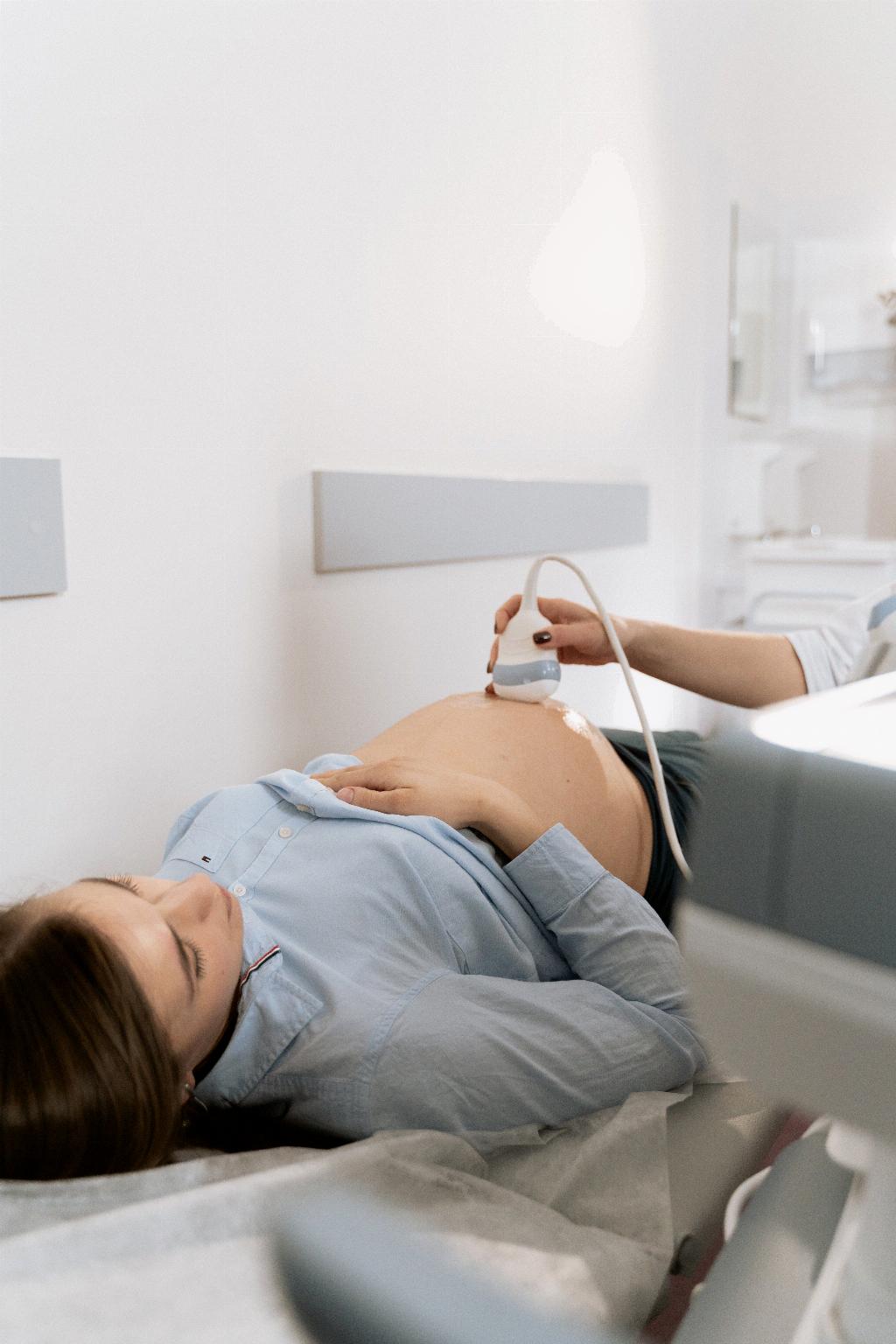When considering the question of how often inductions end in a cesarean section, it’s crucial to delve into the data and statistics surrounding this topic. Research has shown that the likelihood of a cesarean section following an induction can vary based on various factors, including the gestational age at which the induction is performed.
One key factor to consider is the timing of the induction. For instance, a study revealed that among women who underwent induction at 39 weeks, approximately 18.6% ended up having a cesarean section. In contrast, those who waited for labor to occur naturally had a slightly higher rate of cesarean section at 22.2%. This suggests that the timing of induction could have an impact on the likelihood of a cesarean delivery.
Another important aspect to take into account is the reason for the induction. Inductions are often performed for various medical reasons, such as gestational diabetes, preeclampsia, or post-term pregnancy. The underlying cause for the induction may influence the likelihood of a cesarean section, as certain medical conditions can increase the risk of complications during labor.
It’s also essential to consider the method used for induction. Different methods, such as membrane sweeping, Foley catheter, or the use of oxytocin, can affect the progression of labor and ultimately impact the likelihood of a cesarean section. The chosen method of induction should be tailored to the specific circumstances of each individual case to optimize the chances of a successful vaginal delivery.
Maternal factors, such as age, BMI, and previous obstetric history, can also play a role in determining the likelihood of cesarean delivery following induction. Women with certain risk factors may have a higher probability of requiring a cesarean section, regardless of whether labor was induced or occurred spontaneously.
Furthermore, the presence of fetal factors, such as the baby’s position, size, and overall health, can influence the course of labor and delivery. In cases where fetal well-being is compromised or there are concerns about the baby’s ability to tolerate labor, a cesarean section may be deemed necessary following an induction.
Healthcare providers play a critical role in guiding the process of induction and monitoring the progress of labor to minimize the risk of complications and intervene appropriately if the need for a cesarean section arises. Open communication between the patient and healthcare team is vital in ensuring that informed decisions are made regarding the management of labor and delivery.
In conclusion, while inductions can lead to cesarean sections in some cases, the likelihood of a cesarean delivery following an induction is influenced by a multitude of factors. By considering the timing of the induction, the reason for the induction, the method used, maternal and fetal factors, and the collaborative efforts of the healthcare team, the risk of cesarean section can be effectively managed to promote the best possible outcomes for both the mother and baby.

